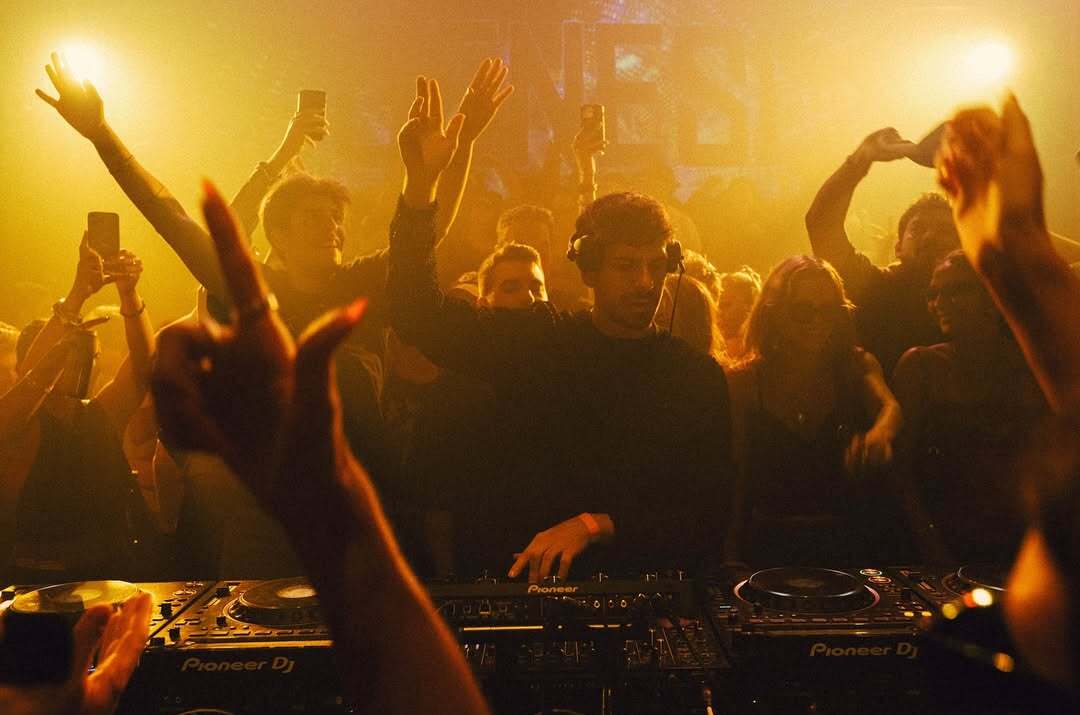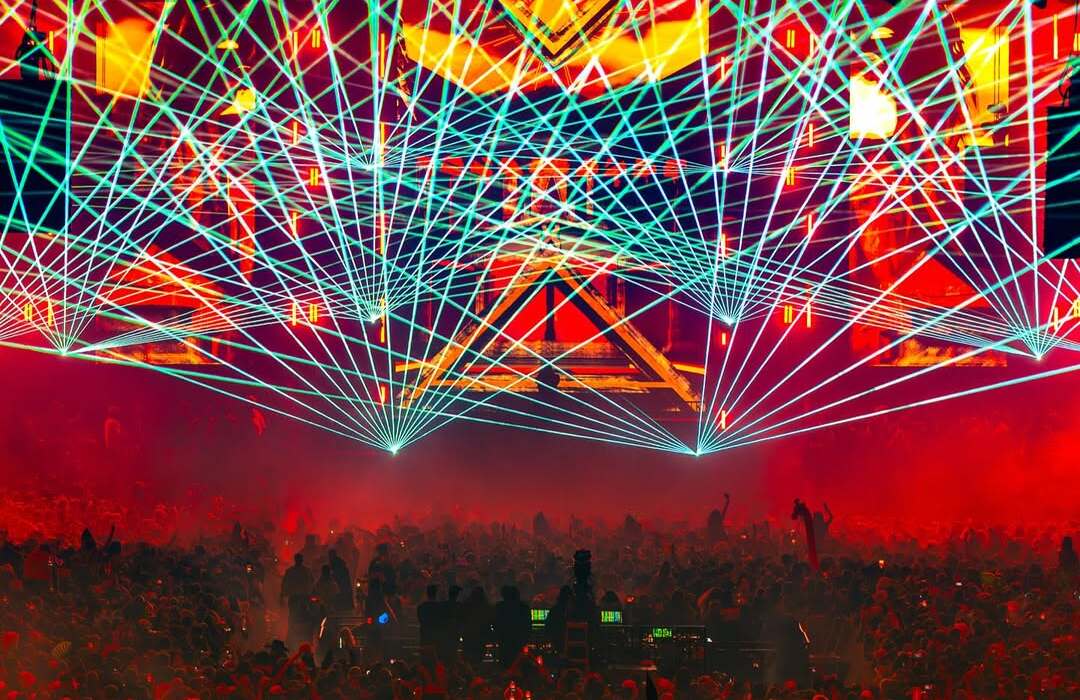Studio Ghibli films almost always have elements of environmentalism, sometimes woven into the plot and sometimes as a more minor detail. Princess Mononoke tells the tale of a town bringing ruin by trying to conquer the forest around it, and Ponyo becomes attached to Sosuke because he rescues her from a glass bottle that had been thrown into the sea. My Neighbor Totoro, as opposed to showing how ugly a world that neglects the environment is, shows how beautiful a world can be when trees sprout overnight and forest creatures dwell in nearby sunlit glades.
Pom Poko is unlike any of these other films. While it does feature tanuki -- raccoon dogs with shape-shifting abilities -- the movie is otherwise devoid of magic, set within the human world in modern times. It doesn't feature lovely boat rides to showcase the beauty of the water or cat buses streaking across the countryside. Instead, Pom Poko is the story of tanuki who find that their home is about to be developed by humans and are desperately trying to find a way to save it.
This very real consequence strips the film of the fairytale aspect that Ghibli titles often possess; instead, it pits small furry creatures not against greed or war, but against the human desire for progress. Just as it differs from Ghibli films in its premise, so is Pom Poko different in how it goes about its plot. Already lacking in resources, the tanuki do not agree on how to best confront the humans when they learn of the development project.
Some tanuki want to keep to a peaceable strategy, sure that anything else will just bring the humans' wrath. Others see environmental terrorism as the only way to forcibly stop the development of their home, as humans will not listen to anything else. Their attacks have casualties on both sides and workers do quit the project, but there are always more to replace them. Years pass by with constant conflict.
In a desperate move by gathering tanuki in from the country, the animals plan to take advantage of their shape-shifting ability to scare the humans off their land in a truly terrifying charade. For a moment, it seems this will work when the tanuki create a giant and horrifying "ghost parade" to scare humans away, but the trick is claimed as a publicity stunt by a theme park, and the tanuki who lost their lives during the stunt die for nothing. Even the most miraculous skills the tanuki possess are swept away in the face of corporate greed.
Again and again, the tactics the tanuki attempt to use against the urban developers are useless, and the tanuki find their childhood homes leveled for apartment buildings. It's a wild contrast to other Ghibli films that focus on cooperation and understanding, and the humans don't stop just because the tanuki are the good guys. The failure of the ghost parade leads to any semblance of cooperation among the tanuki falling apart. Some attempt to stop the workers and die fighting. Others die attempting to stop traffic. Some begin to shape-shift into humans permanently, while many of those who can't shift commit mass suicide in a cult.
Eventually, the tanuki beg on television for their home to be saved, and humans are willing to listen to them at last. It should be a happy ending, but it's not. The tanuki don't get their home back, the humans instead agreeing to build city parks for the local wildlife. Even in this last desperate hour, the tanuki are not able to appeal to anything but the surface level of human kindness. The tanuki lose their home and earn a few measly parks in exchange. They fail, yet humans will feel good about their 'good deed.'
The consequences of this failure -- and of the half-hearted measure of providing parks for wildlife -- are severe for the tanuki. There is too little room in the small parks to live as they once did, so some tanuki leave to live where humans have not yet encroached, while others transform into humans to join those who already did so, working at snack bars and desk jobs. The tanuki who were meant to be protected in the parks are often those who can't manage such a transformation, and they end up being hit by cars or caught by traps. The half-measure that humans felt so good for agreeing to is not a solution at all, yet humans will not listen anymore.
If Pom Poko wasn't already grim enough, the final scene is a direct plea to the audience. In it, one of the transformed tanuki happens to see an old untransformed friend popping through a hole in a wall. He drops his briefcase and transforms back into a tanuki, thrilled to be back among his kind. He follows his friend and discovers a small group of tanuki living in a wreckage where they feel safe, and he decides to join them once more
His friend turns to the camera and addresses the audience directly, breaking the fourth wall. He greets the viewer nervously and reminds them that tanuki were not the only ones who lived in the forest, and that humans need to keep in mind all the animals out there who can't transform, because if they can't transform, where will they go? The shot pans out to reveal the 'sanctuary' the tanuki had found is just a little hut in the middle of a golf course, sure to be knocked down soon so as not to impede the green.
This grim ending to a depressing feature is not fun to watch, and it would be understandable if a film released in '94 had dropped off the radar. However, the most depressing thing about Pom Poko is that humans have not changed. We still level forests and destroy the homes of the animals within them. Entire species die out due to mankind's inability to care for the environment. The message of Pom Poko has become more relevant than ever, and yet we continue to ignore it -- and that's a frightening thing.
About The Author

